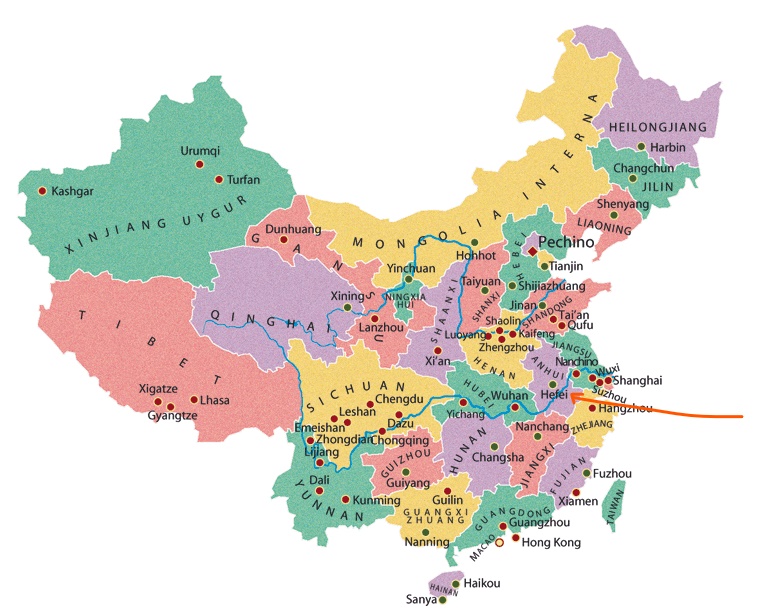This post is also available in:
 Italiano (Italian)
Italiano (Italian)
The Venice of China
Xitang (Chinese: 西塘; pinyin: Xītáng; lit. ‘West Pond’) is a small water village with thousands of years of history, it dates back to 700 BC. It is located in Zhejiang province, two hours by bus from the capital Hangzhou and Shanghai. The village extends over the plains, there are nine waterways that divide the city into eight areas. It is a small Venice, there are no cars, the means of transport for people and goods are boats. One hundred and four bridges connect the areas to each other. Among them, there are 11 old bridges built during the Song dynasty, including Anren Bridge, Anjing Bridge, Wufu Bridge, Yongning Bridge, etc. Also famous are Wolong Bridge, Wuchan Bridge and Songzi Laifeng Bridge built in the Ming (1368-1644) and Qing (1644-1911) dynasty. Some look like a rainbow over the river and some like a long flute. Standing on these bridges and watching the traditional boats pass by, one feels drawn into a profound meditation on the past.
A photo album of the village
The images in the PDF document the architecture of the houses, the flow of water under the ancient bridges, the numerous shops, the daily life of the people.

One of the one hundred and four bridges in the city
The alleys and the “corridors with ceiling”
The ancient alleys, one hundred twenty-two, are another aspect of the city, they are narrow and straight. Groups of buildings dating back to the Ming and Qing dynasties have been preserved.

The ancient alleys, one hundred twenty-two, are another aspect of the city
What attracts the visitor the most is the simple lifestyle that local residents have followed for thousands of years, the days pass serene and peaceful. The “ceiling corridors” are Xitang’s signature architecture, not found in many other places in China. It is called the ceiling corridor which means the street with the roof.

The “ceiling corridor” which means the street with the roof.
The streets along the waterways are crowded with shops, each with a roof that together form a covered corridor. They were originally built for the convenience of traders who maneuvered on the edges of their boats and on the river. Each merchant had a shop with a roof, on the stone street, in front of their house, with the roofs connected together, forming a long corridor overall. Most of the corridors with ceiling are with wood and stone structure with a width of 2 to 2.5 meters. And the longest is 1300 meters. Most of the streets in Xitang are covered, making it very convenient for locals and visitors to take shelter and rest. Tourism is only Chinese, it is rare to see foreigners, and even Chinese tourism is discreet, non-invasive.
Where is the village of Xitang

The village is located in the Anhui region

The arrow points to Xitang village, two hours by bus from Shanghai and Hangzhou
Another blog post describes the ancient rural village of Hongcun in China
https://www.robertopoetichimica.it/en/the-rural-village-of-hongcun-in-china/
This post is also available in:
 Italiano (Italian)
Italiano (Italian)

